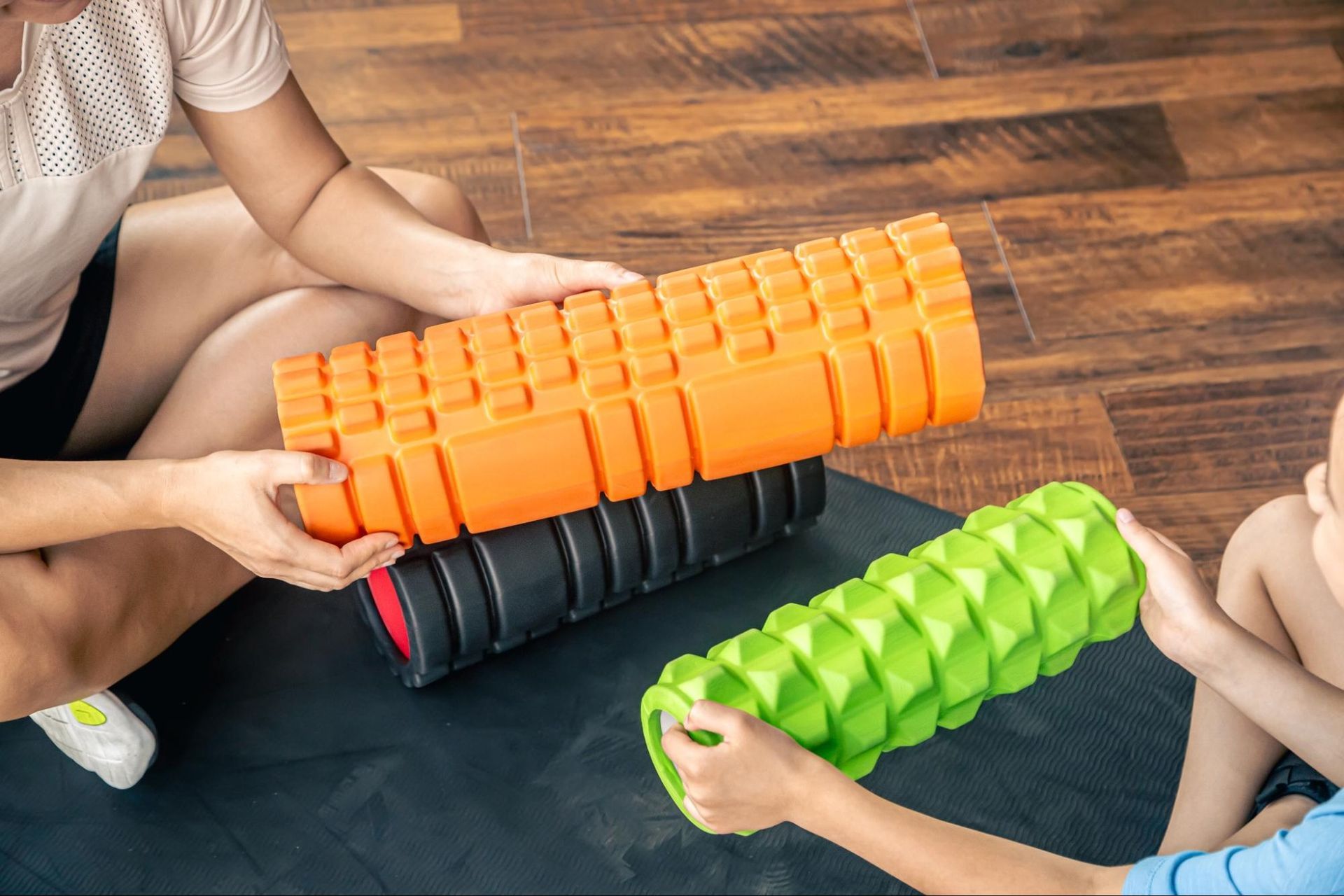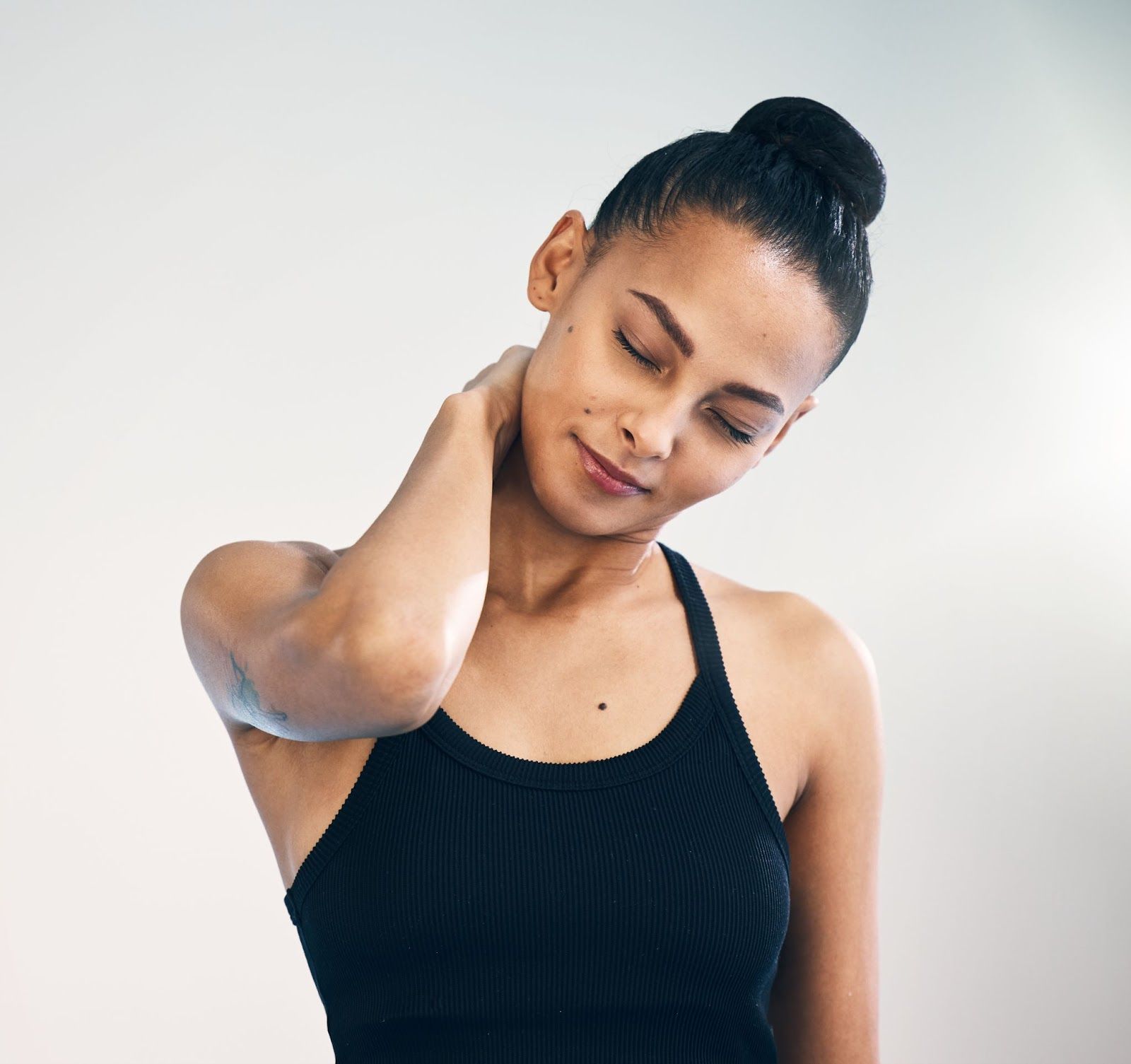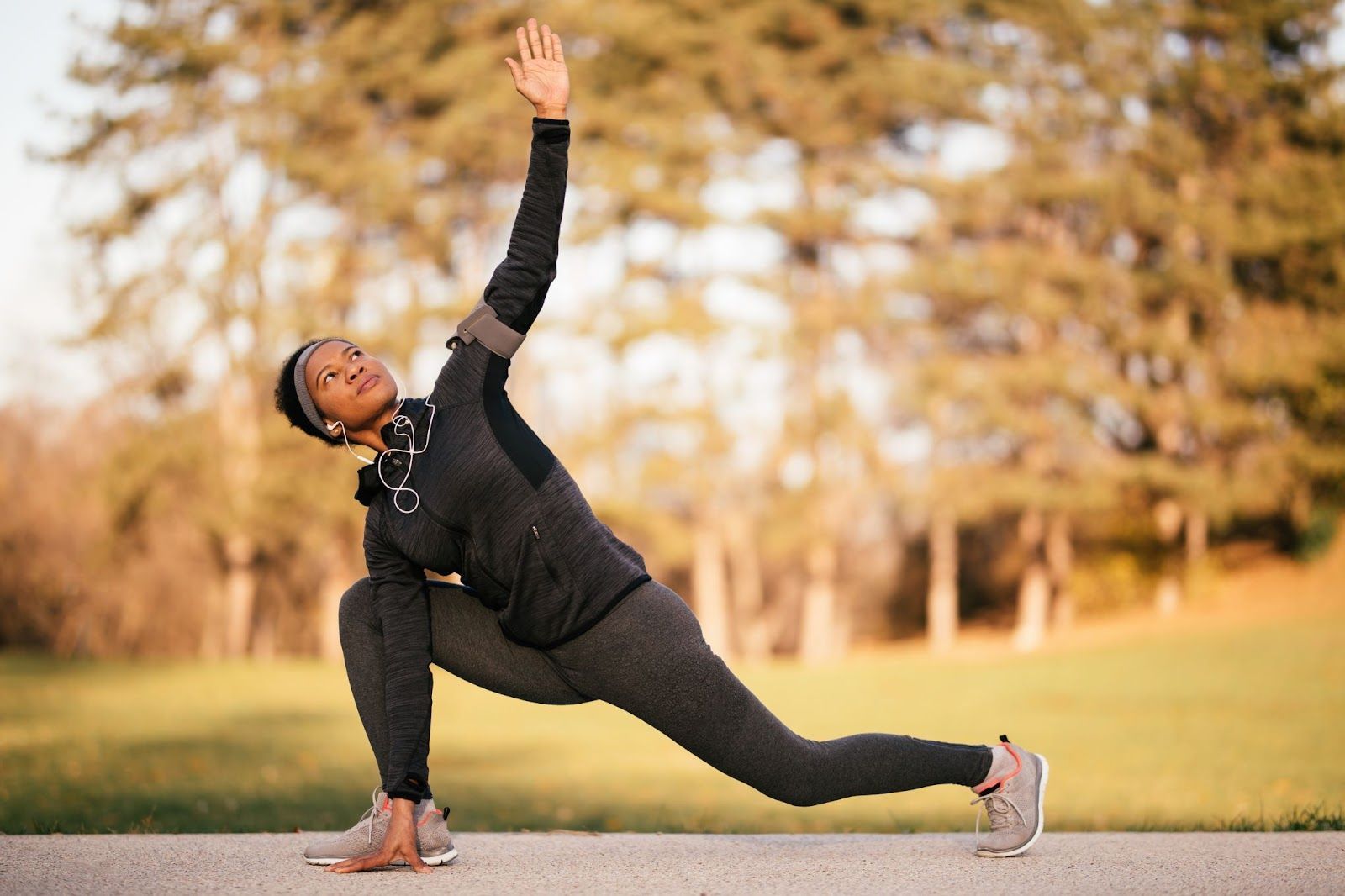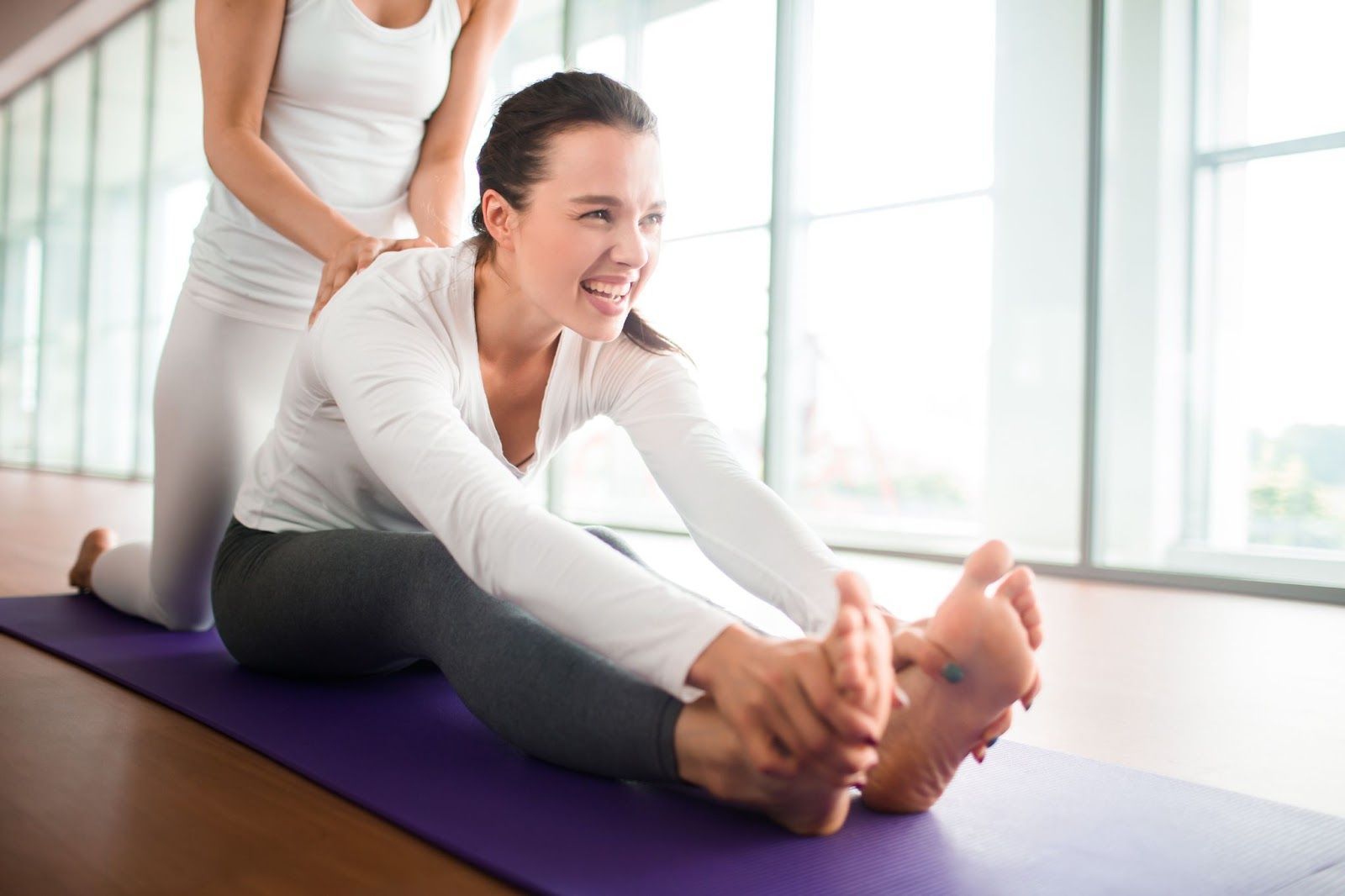Call us at (909) 674-0071
Foam Rollers: The Ultimate Tool for Muscle Recovery and Flexibility
In the dynamic world of fitness and athletic performance, the pursuit of muscle recovery and flexibility is paramount. Enter the foam roller – a seemingly unassuming yet remarkably effective tool that has become a staple for athletes, fitness enthusiasts, and those seeking relief from the rigors of everyday muscle tightness. In this comprehensive guide, we'll explore the benefits of foam rolling, delve into the science behind its efficacy, and uncover a variety of techniques to harness the power of foam rollers for optimal muscle recovery and flexibility.
Understanding Foam Rolling
What is a Foam Roller?
A foam roller is a cylindrical piece of foam, available in various densities from soft to firm. It serves as a self-myofascial release (SMR) tool, targeting the fascia – the connective tissue enveloping muscles. By applying pressure to specific points, foam rolling helps release tension, alleviate muscle knots, and improve flexibility.
How Does Foam Rolling Work?
When muscles endure stress or trauma, the fascia can become tight and develop adhesions, commonly known as knots. Foam rolling involves applying pressure to stimulate the Golgi tendon organ, a sensory receptor regulating muscle tension. This stimulation helps relax the muscle, promotes better blood circulation, and aids in the removal of waste products, reducing muscle soreness.
Benefits of Foam Rolling
1. Improved Muscle Recovery
Foam rolling facilitates the removal of lactic acid and metabolic waste products that accumulate in muscles during exercise. This promotes faster recovery and reduces post-workout soreness.
2. Increased Flexibility
Regular foam rolling helps release muscle tightness, allowing for increased joint range of motion and improved flexibility. This is particularly beneficial for activities requiring a broad range of motion, such as yoga or martial arts.
3. Prevention of Injury
By addressing muscle imbalances and tightness, foam rolling contributes to injury prevention. Enhanced muscle flexibility and reduced tension decrease the risk of strains and overuse injuries.
4. Enhanced Performance
Flexible and well-recovered muscles are more responsive and efficient. Foam rolling positively impacts athletic performance by optimizing muscle function and responsiveness.
Effective Foam Rolling Techniques
1. Upper Back and Shoulders
Place the foam roller under your upper back, perpendicular to your spine. Support your head with your hands and lift your hips off the ground. Roll up and down, focusing on tight or tender areas.
2. Quadriceps
Lie face down with the foam roller placed under your thighs. Support your weight on your forearms and roll from above the knee to the hip, emphasizing any tight spots.
3. Hamstrings
Sit on the foam roller with your legs extended. Place your hands behind you for support and roll from the base of your glutes to just above the knee.
4. Calves
Sit on the floor with the foam roller beneath your calves. Cross one leg over the other for added pressure and roll from below the knee to above the ankle.
5. Lats (Side)
Lie on your side with the foam roller under your armpit. Roll along the side of your torso, reaching from just below the armpit to above the hip.
6. Glutes
Sit on the foam roller with one foot crossed over the opposite knee. Shift your weight to one side and roll over the glutes, focusing on any tight areas.
7. Chest and Pectorals
Lie on your stomach with the foam roller positioned horizontally beneath your chest. Roll back and forth, targeting the chest and pectoral muscles.
Incorporating Foam Rolling Into Your Routine
1. Pre-Workout Warm-Up
Use foam rolling as part of your warm-up routine to prepare muscles for exercise and enhance blood flow. Focus on areas that typically feel tight during your workouts.
2. Post-Workout Recovery
Include foam rolling in your post-workout routine to aid in muscle recovery and reduce soreness. Spend extra time on muscles that were heavily engaged during your session.
3. Rest Days or Active Recovery
On rest days or during active recovery sessions, dedicate time to thorough foam rolling. This helps maintain muscle health and flexibility, even when not engaging in intense workouts.
4. Consistency is Key
To experience the full benefits of foam rolling, consistency is crucial. Make it a regular part of your fitness routine, and gradually increase the duration and intensity as your muscles adapt.
5. Listen to Your Body
Pay attention to how your body responds to foam rolling. While some discomfort is normal, avoid excessive pressure or rolling over bony areas. If you experience persistent pain, consult with a healthcare professional.

Invest in Your Health and Flexibility With Foam Rollers
Foam rolling stands as a versatile and accessible tool that empowers individuals to take an active role in their muscle recovery and flexibility. Incorporating foam rolling into your routine can contribute to improved well-being and enhanced physical performance.
Visit the
StretchX blog today to learn more about how stretching can fit into your daily life and improve your health.
Certified Stretch Instructor
Phone: (909) 674-0071
Business Hours: Monday to Friday: 8am - 7pm • Saturday: 7am - 1pm
All Rights Reserved | StretchX




